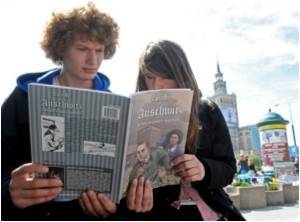U.S. researchers have found that a close reading of Jane Austen's novels, like Pride and Prejudice, activates areas of the brain usually associated with movement and touch.

Distractibility is also a theme, which runs through Jane Austen's novels, according to the Daily Mail.
Phillips wondered if modern cognitive theories could help explain the character development of Pride and Prejudice's Elizabeth Bennett, one of Austen's most famous heroines.
Professor Phillips believes that Elizabeth's distractibility was the key to Austen's characterisation of her lively mind, with Austen drawing on contemporary cognitive theories to inform her development.
To test her theory, Phillips decided to conduct a study looking at how reading affects the brain. She asked volunteers to lie in an fMRI brain scanner and read Austen.
Test subjects were asked to read in two ways: sometimes they were asked to casually browse the text, as they might do in a bookshop; other times they were asked to delve deep, as a scholar might study a text.
Advertisement
The findings surprised neuroscientists who expected to see changes in regions of the brain, which regulate attention as the main differences between casual and focused reading.
Advertisement
"What's been taking us by surprise in our early data analysis is how much the whole brain - global activations across a number of different regions - seems to be transforming and shifting between the pleasure and the close reading," the paper quoted Phillips as telling NPR's Shots blog.
Source-ANI















